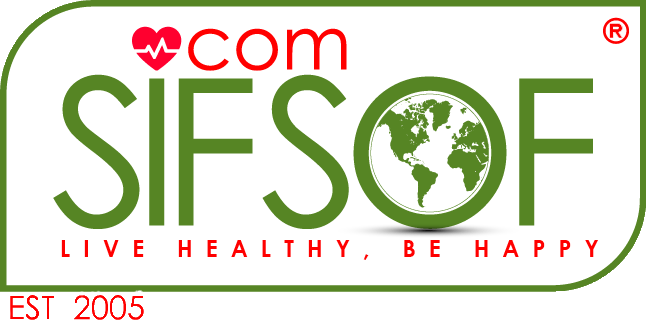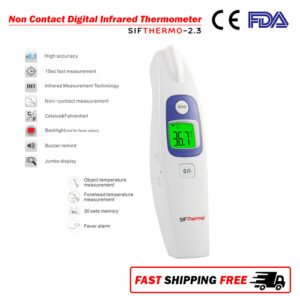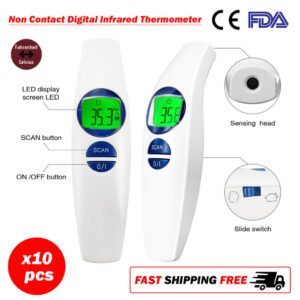The difference between Telehealth and Remote Patient Monitoring (RPM)
What Is Remote Patient Monitoring?
Remote patient monitoring or often abbreviated as RPM, is a modern method of healthcare delivery that helps doctors collect patient’s data.
“Remote patient management is […] about moving more healthcare out of the traditional setting, into the house and where people live, work and play every day” explains Marcus Grindstaff, COO of Care Innovations.
RPM allows doctors to carefully keep track of their patients health news “on a daily basis”, through the use of distinct developed technologies to simplify communication and cooperation between doctors and patients.
What Is Telehealth? And what’s the Difference between Telehealth and RPM?
Telehealth connects patients to vital health care services through videoconferencing, remote monitoring, electronic consultations and wireless communications. According to American Hospital Associationtelehealth helps to ensure that patients are receiving the right care, at the right place and at the right time by increasing access to physicians and specialists,
Indeed, Remote Patient Control is a type of Telehealth, “it is a broader term that refers to the entire industry, methodology and technologies that enable that type of healthcare”.
For example, throughout the COVID-19 pandemic, the use of RPM devices has increased significantly.
Especially the need for smart wireless connected thermometers to use in hospitals, shopping malls, schools companies, etc.
For this purpose, SIFSOF has developed the SIFTHERMO-2.21B , it is a 2-in-1 Bluetooth &Infrared Thermometer, applicable for both forehead and ear temperature measurements.
In conclusion, Telehealth and Remote Patient Monitoring are terms that are often used interchangeably, since RPM is a part of Telehealth.
Reference: What Is Telehealth? What Is Remote Patient Monitoring? How Are They Different?



